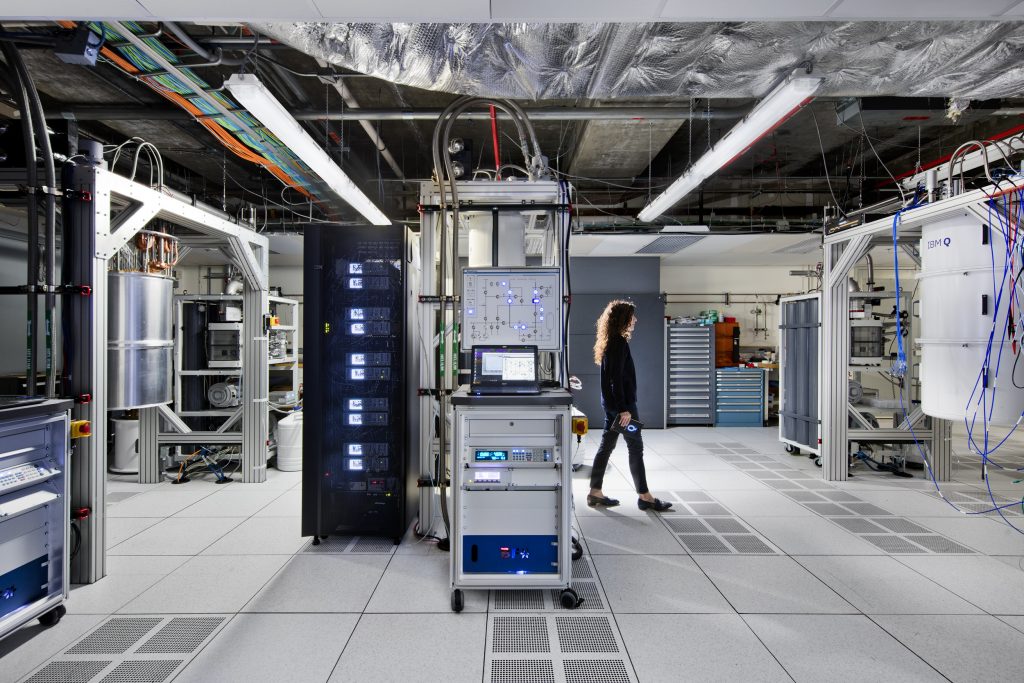IBM’s Quantum team just proved that even today’s noisy of quantum computers are better at storing computations than classical computers. The company is touting the find as a sort of new flavor of quantum advantage — available scratch space.
“Through our research, we’re exploring a very simple question: how does the computational power differ when a computer has access to classical scratch space versus quantum scratch space?” the team explained.
The advantage, they said, is that unlike classical computer bits, constrained to the “on” or “off” position when it interacts with the gate, qubits aren’t limited to two positions, they have what they call a “larger space of values.” Qubits deliver not just the classical bit, but the complex probabilities with which it will calculate a specific qubit value.
“Here, for the first time that we are aware of, we report a simultaneous proof and experimental verification of a new kind of quantum advantage,” the IBM team said in their announcement of the research. “Specifically, we show that qubits, even today’s noisy qubits, offer more value than bits as a medium of storage during computations.”
In their paper published in Nature Physics, in addition to showing their math, they outline how they proved their scratch space theory in the lab by asking both systems to “find a majority of three bits,” something a classic, binary bit can’t do.
“We armed the limited classical computer with access to random Boolean gates to further increase its computational capabilities,” they wrote. “But even with access to this randomness, the classical computer can only succeed 87.5 percent of the time whereas a perfect, noiseless quantum computer could succeed 100 percent of the time.”
The quantum computer got a little help too, the team added fractional CNOT gates to boost efficiency and propose circuit hardware tweaks to make it easier and cheaper to connect added qubits to the computational qubit that SWAP operations.
“Now, instead of SWAP-ing qubits to interact them with the computational qubit, we can reset the physical qubits that are adjacent to the computational qubit and re-initialize them to a new qubit state,” they said. “With high fidelity mid-circuit reset, we show an improvement of 3 percent over the SWAP circuits.”
The next step for the IBM team will be to focus on the hardware solutions.
“This is result has important implication—it shows that quantum computers, even noisy quantum computers, are powerful computational tools,” the IBM Quantum team said.
